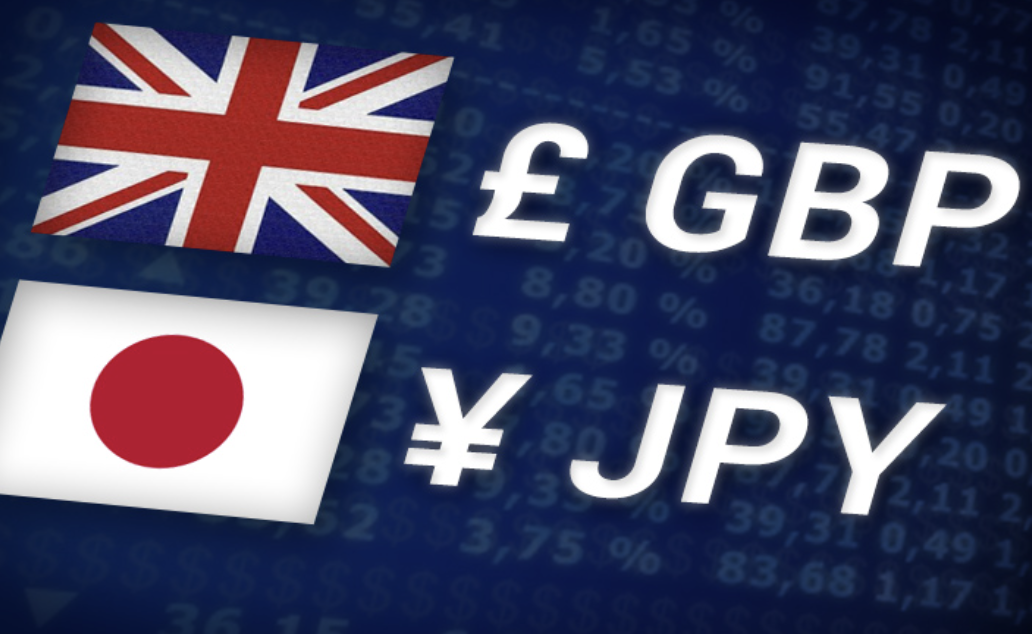
Daniel Rogers
Oct 17, 2022 14:49

The risk-on attitude has started to wane in the Tokyo session, which has reinforced the GBP/USD pair's bids. The start of the US quarterly results season sparked a rise in the S&P500 on Monday after a down Friday, but it has since faded.
The US dollar index (DXY) has attempted a recovery after dropping below the critical support level of 113.00. While US 10-year Treasury yields have been doing poorly. Strong bets on the Federal Reserve (Fed) raising interest rates by 75 basis points (bps) have helped to maintain the current downward tendency in rates. The likelihood of a 75 bps rate hike has increased to 99.4%, according to CME FedWatch.
Political unrest in the UK, where Prime Minister Liz Truss last week ousted Chancellor Kwasi Kwarteng, has also contributed to volatility in the sterling area. UK Finance Minister Kwarteng's resignation from his position appears to be the result of preparations for the reversal of the anticipated hike in corporate taxes to 25% starting in 2023.
Earlier, a sell-off on the UK bond market was sparked by the decision to freeze corporate tax rates at 19%. Significant bids were made on the UK stock exchanges, and the yields on government bonds shot through the roof. This forced the Bank of England (BOE) to step in and announce a plan to buy bonds in order to shield pension funds that were exposed to gilts.
Goldman Sachs predicts a dismal economic outlook for the UK, thus the pound bulls may experience volatility. The bank stated, "We have reduced our UK growth projection and now predict a more severe recession, taking into consideration weaker growth momentum, significantly tighter financial conditions, and the hike in corporate tax beginning in April of next year." Additionally, the bank downgrades its earlier forecast of a 0.4% fall in the UK's Gross Domestic Product (GDP) for 2023 to one of 1%.


Oct 17, 2022 14:51